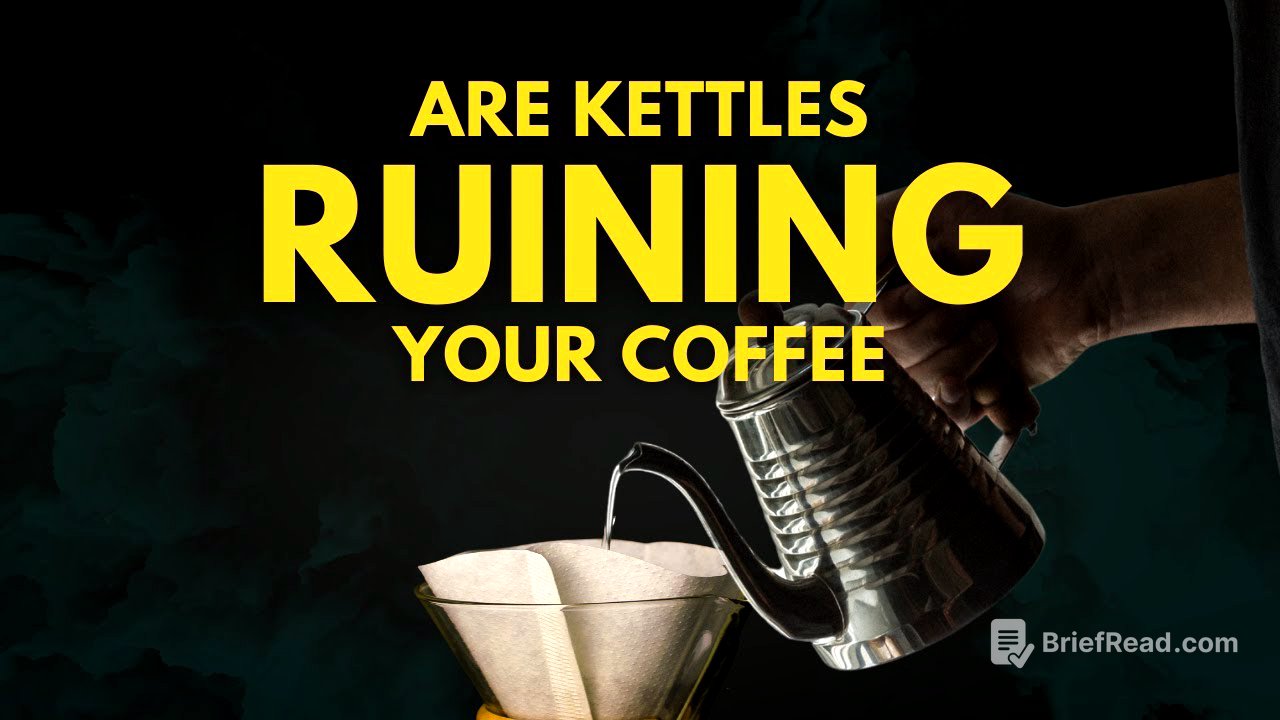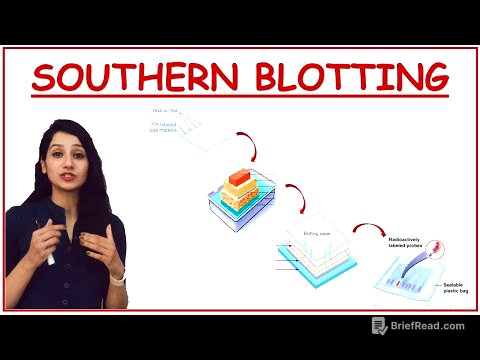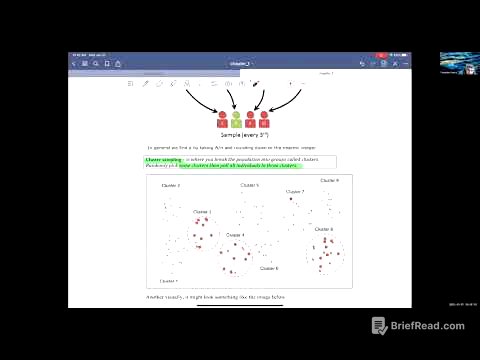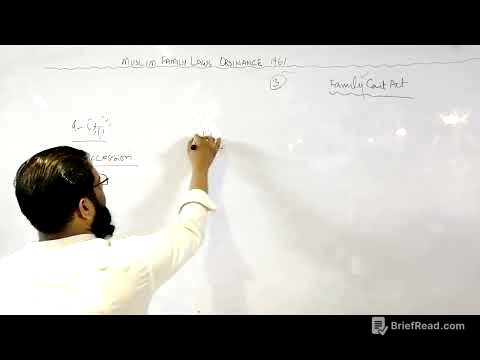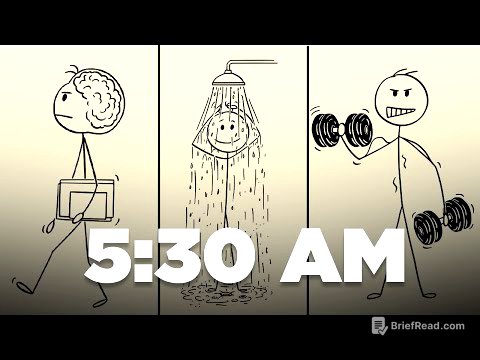TLDR;
This video challenges the conventional wisdom that a gooseneck kettle is essential for making better pour-over coffee. It explores how the agitation caused by direct pouring from a kettle, even a gooseneck, can disrupt the coffee bed, leading to filter clogging, inconsistent extraction, and ultimately, a less desirable cup. The video suggests alternative methods, such as using a Melodrip, spoon or pouring water first, to minimize agitation and improve the clarity and taste of the final brew.
- Gooseneck kettles, while providing control, can cause excessive agitation, leading to filter clogging and inconsistent extraction.
- Alternative methods like using a Melodrip or pouring water first can minimize agitation and improve brew clarity.
- Faster brew times can preserve aromatics and result in a more flavorful cup.
Introduction: Challenging the Gooseneck Kettle Convention [0:00]
The video starts by questioning the long-held belief that a gooseneck kettle is necessary for achieving optimal pour-over coffee. While gooseneck kettles offer precision in controlling water flow, speed, and height, the presenter suggests that they might not be as beneficial as commonly perceived. The alternative, a kettle with a wide mouth, seems uncontrollable but the video explores a different approach to brewing.
The Problem: Filter Clogging and Inconsistent Extraction [1:14]
The presenter addresses a common issue in pour-over brewing: filter clogging, especially in V60 brewers. This often leads to slow draw-down times and can result in bitter or sour tastes. The common reaction is to grind coarser, but this can lead to under-extraction and weak coffee. The presenter explains that the agitation caused by pouring water directly onto the coffee bed, even with a gooseneck kettle, disrupts the grounds, causing smaller particles to migrate to the filter and clog it.
Experiment 1: Clever Dripper - Kettle Pour vs. Water First [3:23]
To demonstrate the impact of agitation, the presenter conducts an experiment using a Clever Dripper. In one brew, coffee is added first, followed by water poured directly from a kettle. In the other, water is added first, followed by coffee, with gentle stirring. The results show that the "water first" method drains significantly faster (26 seconds vs. 63 seconds), with less sediment in the filter, indicating reduced clogging. Taste test reveals that the "water first" method produces a cleaner, crisper cup with better flavor separation, while the direct kettle pour results in a duller, less acidic taste. Despite similar extraction percentages, the extended draw-down in the direct kettle pour leads to undesirable flavors due to particle discharge through the filter.
The Melodrip Solution: Minimizing Bed Disruption [7:05]
The presenter introduces the Melodrip, a device designed to disperse water into gentle droplets, minimizing disturbance to the coffee bed. This is particularly useful for no-bypass brewers like the Aeropress (used without pressure) or the Orea Z1, where direct kettle pours would cause immediate clogging. The Melodrip helps maintain the coffee bed as a natural filter, preventing fine particles from passing through and clouding the final cup.
Experiment 2: Aeropress - Kettle Pour vs. Melodrip [7:58]
The presenter compares brewing with a direct kettle pour versus using a Melodrip on an Aeropress. The direct kettle pour results in an extremely slow draw-down (8 minutes) and a cloudy, unpleasant-tasting brew due to pushing through the clogged filter. In contrast, the Melodrip brew takes only four and a half minutes and produces a much clearer, more flavorful cup. The presenter notes that pushing through the hiss results in a muddy taste, while the Melodrip provides clarity.
Hario Switch and Spoon Technique: Alternative Methods for Gentle Brewing [14:56]
The presenter demonstrates using a Hario Switch with a spoon to control agitation. Water is added first, followed by coffee, and gentle swirling. A spoon is then used to disperse the water during the pour, minimizing disturbance to the coffee bed. This method results in a very clean filter and a fast draw-down (32 seconds). The resulting brew is described as tea-like but sweet, floral, and aromatic.
Conclusion: Rethinking Your Brewing Approach [19:25]
The presenter concludes that a gooseneck kettle is not essential for making excellent filter coffee and may even be detrimental if it leads to excessive agitation. Alternative methods like using a spoon or pouring water first can minimize bed disruption, prevent clogging, and improve the clarity and taste of the final brew. The key takeaway is to understand the variables involved in brewing and to experiment to find what works best for your palate. Faster brew times are also emphasized for preserving aromatics. Ultimately, the goal is to learn and grow together to consistently brew tasty coffee.
